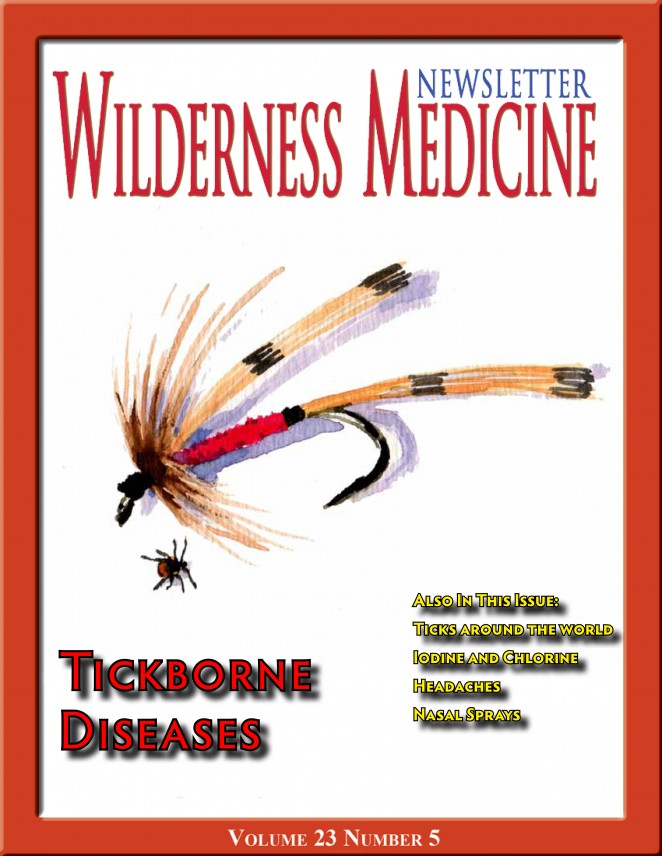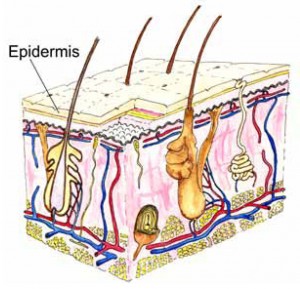September/October 2010 ISSN-1059-6518 Volume 23 Number 5
By Frank Hubbell, DO
Ticks Worldwide:
Ticks are little cesspools.
It is estimated that ticks exceed all other arthropods in the number and variety of diseases that they can transmit.
Tickborne diseases are some of the leading insect vector-borne diseases in the world, and they seem to be on the rise.
Tickborne diseases are second only to mosquito-borne illnesses for spread of disease around the world.
Mosquito-borne diseases are the most common cause of death (mortality) and disease (morbidity) on earth.
Read more




